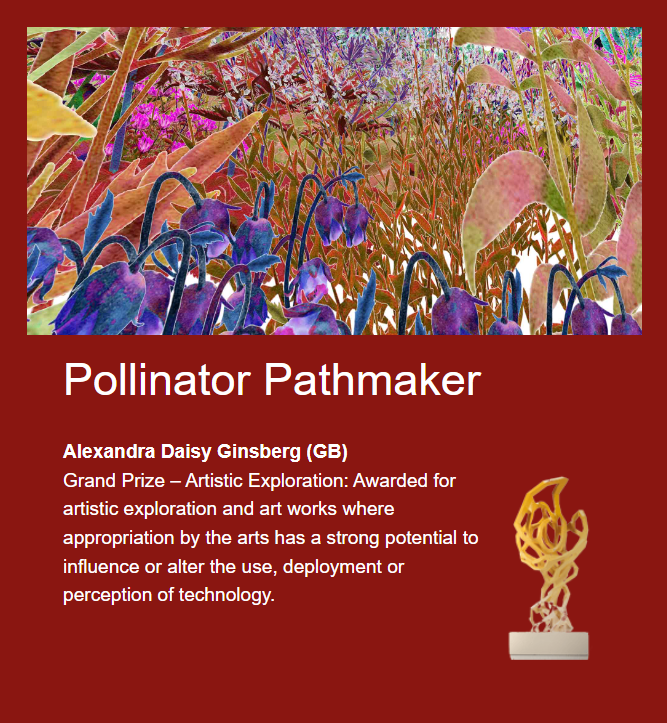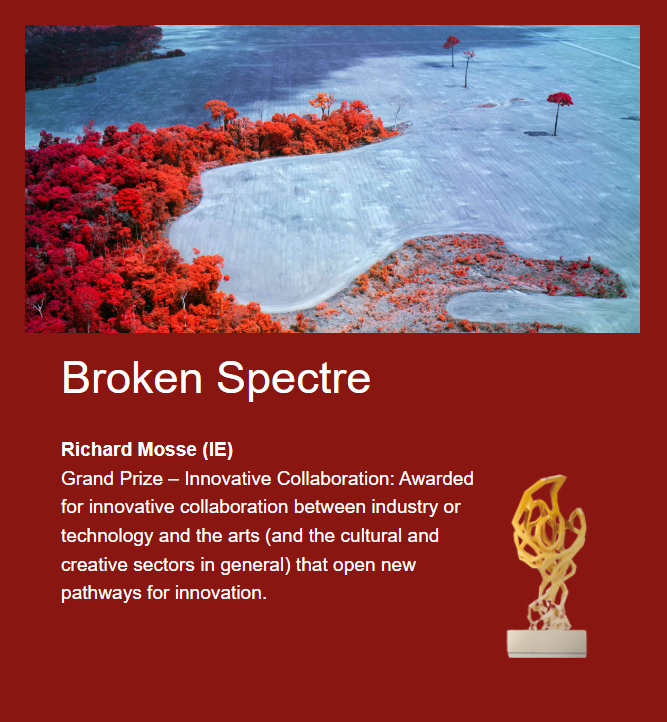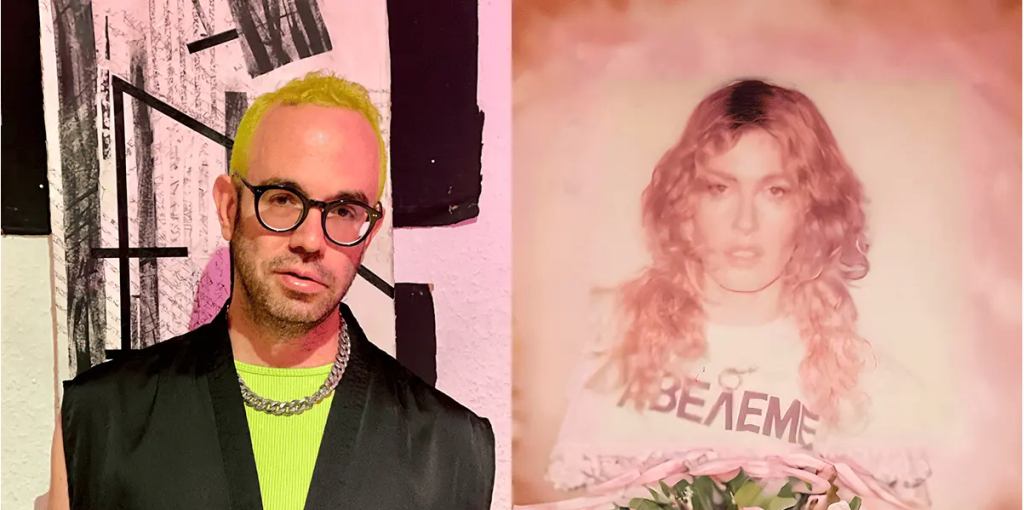S+T+ARTS Prize 2023: who are the winners?
One key element of the STARTS Initiative is a prestigious award generously endowed with €40,000 in prize money: each year, a yearly competition is held to single out for recognition innovative projects at the nexus of science, technology and the arts, that have what it takes to make a significant impact on economic and social innovation.
The two STARTS prize-winners each receive €20,000 and are prominently featured at Ars Electronica and other events of the consortium partners BOZAR, Waag, INOVA+, T6 Ecosystems, French Tech Grande Provence and Frankfurter Buchmesse.
In the end, 1,637 submissions from 78 countries were received by Ars Electronica between January 11 and March 13, 2023 for this year’s S+T+ARTS Prize competition.
Selected projects were recognized by a top-class international jury that included Mónica Bello (ES/CH), Francesca Bria (IT), Bernd Fesel (DE), Jun Inada (JP), and Meinhard Lukas (AT). Support was provided by the S+T+ARTS Prize Advisors Andrés Burbano (CO), Lydia Kallipoliti (GR), Jon McCormack (AU), Kyuseung Keith Noh (KR), Katja Schechtner (AT), Yasaman Sheri (CA), Kei Takeuchi (JP), Rodolfo Groenewoud van Vliet (NL), Ksenia Zaytseva (CA/
RU), and the collective Hackers & Designers (NL).


1st Grand Prize
Pollinator Pathmaker by Alexandra Daisy Ginsberg (GB)
How would insects shape our gardens and parks? This question is the starting point of an experiment with which Alexandra Daisy Ginsberg is attempting to create the largest climate-positive work of art in the world.
Pollinators such as bees, butterflies, and wasps are indispensable for the flourishing of ecosystems. However, their populations are rapidly declining at an alarming rate. Whether due to soil sealing, monocultures, pesticide use, invasive species, or climate change, the reasons for their deaths are many and the consequences devastating. The loss of a pollinator species often means the extinction of a plant species that relies specifically on them for pollination.
To counteract this, Alexandra Daisy Ginsberg initiated the Pollinator Pathmaker. The online platform—or the algorithm behind it—helps to create an “empathetic” planting plan that favors the greatest possible diversity of pollinator species. To do this, the algorithm selects plants that thrive in the particular location and attract as many pollinator species as possible. Each garden designed in this way looks different and is an algorithmically generated living work of art for animals—and humans.
Artist: Alexandra Daisy Ginsberg
Algorithm developer: Dr Przemek Witaszczyk
Designer and Researcher: Iman Datoo
Horticulture: Colin Skelly
Producers: Hannah Andrews, Ruby Dixon
Studio manager: Freire Barnes
Originally commissioned by the Eden Project and
funded by Garfield Weston Foundation.
Additional founding supporters: Gaia Art Foundation
Collaborators: Google Arts & Culture.
The International Edition Founding Commissioners
are LAS Art Foundation.
2nd Grand Prize
Broken Spectre by Richard Mosse (IE)
Broken Spectre is the portrait of an intentional environmental catastrophe that unfolds along the 4,000-kilometer-long Trans-Amazonian Highway. Illegal logging, slash-and-burn agriculture, gold digging, prospecting, and panning, damming of rivers and the resulting floods, theft of indigenous lands, the establishment of vast monocultures, and factory farming—Richard Mosse documents the widespread but often invisible fronts of industrialized ecocide in the Amazon Basin.
His dreamlike, immersive video tells of violent excesses against nature and humans and asks about the responsibility that regional, national and international systems bear in the process. The narration in Broken Spectre plays with the iconography of Western films, focusing on a natural paradise and its indigenous population, who are colonized by righteous, hardworking pioneers—cowboys.
Just as scientists use imaging techniques to make processes visible and comprehensible, Richard Mosse, too, relies on technology to shed light on profit-oriented machinations. He uses a multispectral camera for aerial photography to capture the systematic organization and vast scale of the burning forest, UV microscopy to produce reflective and fluorescent ultraviolet macro time-lapse images of the forest biome, and analog S35-mm infrared film to visualize infrared light reflected from rainforest chlorophyll above 720 nm. During the on-site filming, Richard Mosse collaborated with “Acampamento Terra Livre” (an annual gathering of indigenous peoples in
Brazil discussing land rights, environmental protection, culture, and social justice), as well as the
Yanomami, Munduruku, Suruí, Kaingang, and other indigenous communities.
Director, producer: Richard Mosse
Cinematographer, editor: Trevor Tweeten
Composer, sound design: Ben Frost
In addition to the two winning projects, the jury identified 10 Honorary Mentions and another 18 Nominations from all the submissions.
Subscribe to our newsletter not to miss any news about the S+T+ARTS community.

